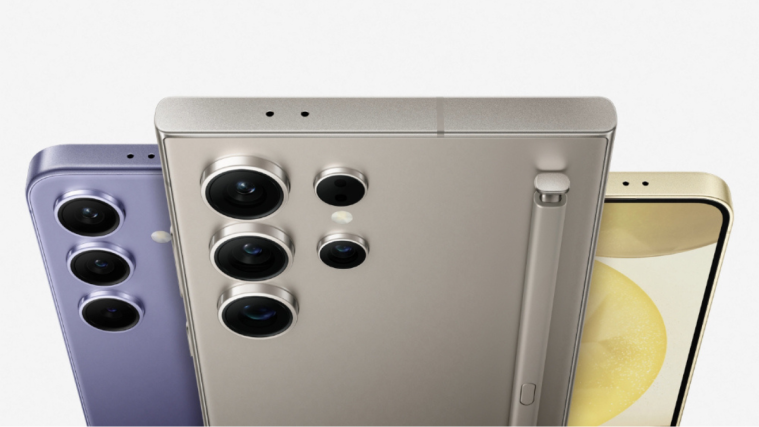We are still a couple of months away from the official unveiling of Google Pixel 4, but the flagship is already one of the most talked-about devices in the market. Yes, the Pixel 4 will probably come with the most cutting-edge specs, but the focal point isn’t how great it’ll perform, it’s all about Google’s “revolutionary” Motion Sense technology.
Motion Sense is Google’s way of ditching the traditional touch-based interface. With its help, users will be able to interact with their Pixel 4 through touchless gesture interactions.
https://www.youtube.com/watch?v=KnRbXWojW7c
According to Google’s blog post, users will be able to “skip songs, snooze alarms, and silence phone calls” only by waving their hand. The company will achieve that through their miniaturized radar, Soli, which is capable of sensing even the minutest of human-hand variations.
Related → When will my device get Android 10
Will Motion Sense Come to Other OEMs?
If we’re truly transitioning into an era of touchless interactions, the Google Pixel 4 could be a pivotal stepping stone. So, when one giant is making such great strides, what is the competition doing? Why aren’t we seeing more from the likes of Samsung, OnePlus, LG, Motorola, Nokia, and Xiaomi?
The answer here is two-fold. One aspect is that none of the companies have the software prowess as Google does. The American tech giant hand-picks the hardware for its flagships and couples it with bleeding-edge software, which usually results in a combination that leaves most of the rivaling companies in the dust.
The other aspect points to the skepticism surrounding the idea of touchless interactions. Companies are still trying to shorten their phones’ bezels and don’t think that working on a mainstream gesture-based smartphone would do them any favors.
OEMs have had Motion Sense, well sort of
Google’s Soli-powered approach is indeed out of the ordinary, but the whole idea of touchless interactions isn’t new.
Samsung implemented Air Gesture on Galaxy S4 — a device that came out in 2013.
Using the front camera, the S4 allowed users to change music tracks, navigate web pages in the native browser app, and even accept incoming calls with simple hand gestures.
LG implemented something similar in its latest flagship, the LG G8 ThinQ. The device came with a Time-of-Flight front Camera (Z Camera), capable of capturing information along the Z-axis, which allowed the device to identify what’s happening in 3D space. Thanks to the Z Camera, the G8 ThinQ implemented “Air Motion” — a touchless gesture interaction system that was meant to revolutionize the industry.
The idea was inspired, sure, but the cumbersome hand gestures never allowed the device to make its mark.
Why OEMs could install Motion Sense (or like) feature on their next phones
Other OEMs are yet to try their hands on the touchless interactions scene, but if Google hits the mark with its latest flagship, it would urge other companies to follow suit sooner rather than later.
In theory, Google’s miniaturized radar approach should capture hand gestures more intuitively than the two mainstream attempts we’ve seen thus far, but until we see the phone in action, in the wild, it’s hard to tell how useful the Motion Sense technology would actually be.
What are your thoughts on Motion Sense?







